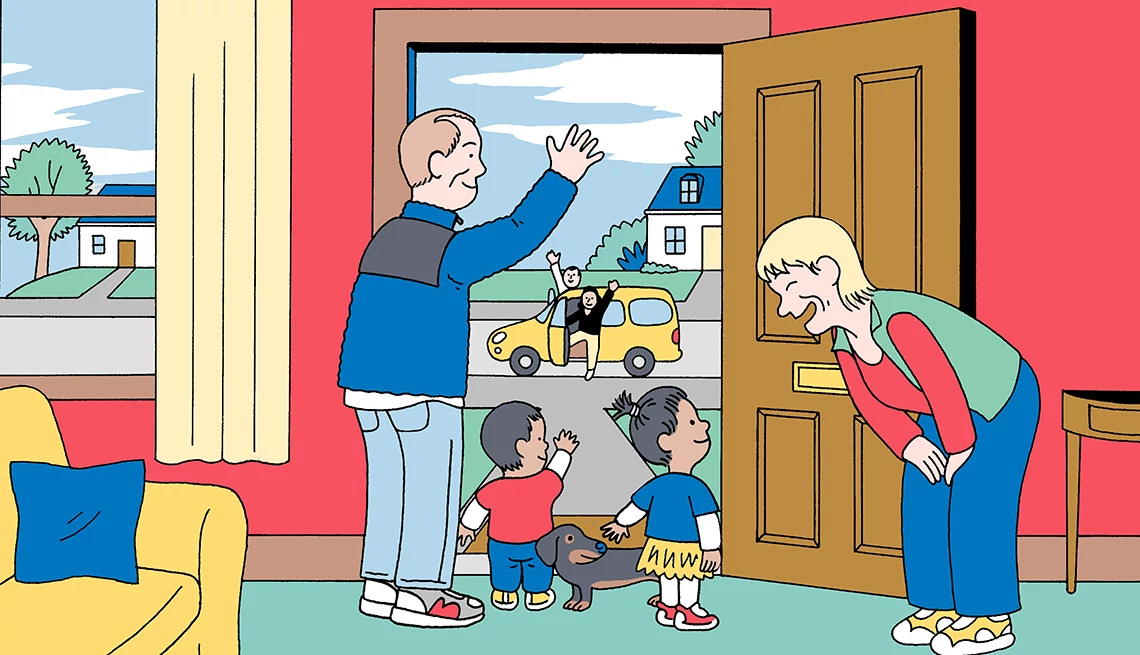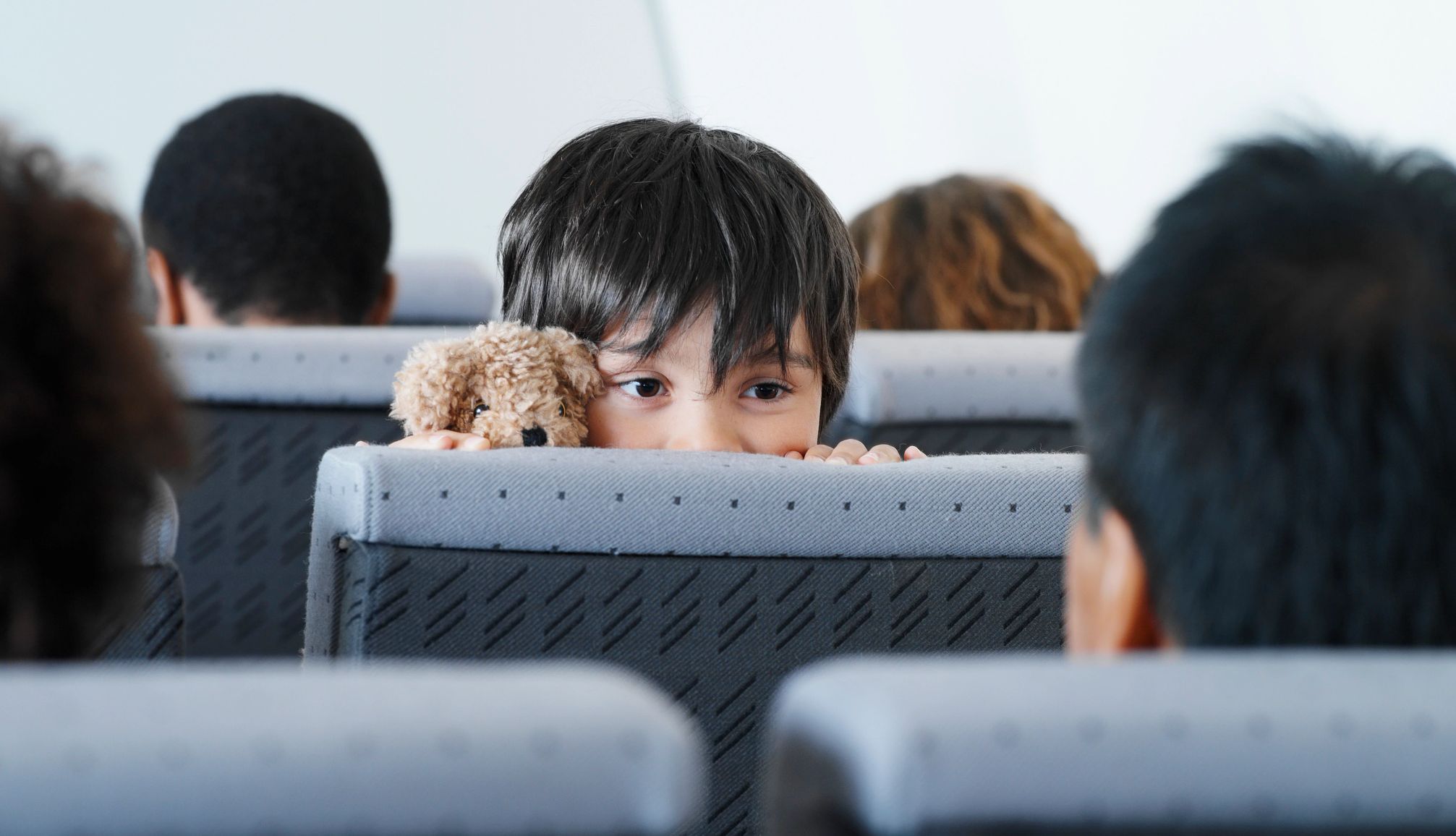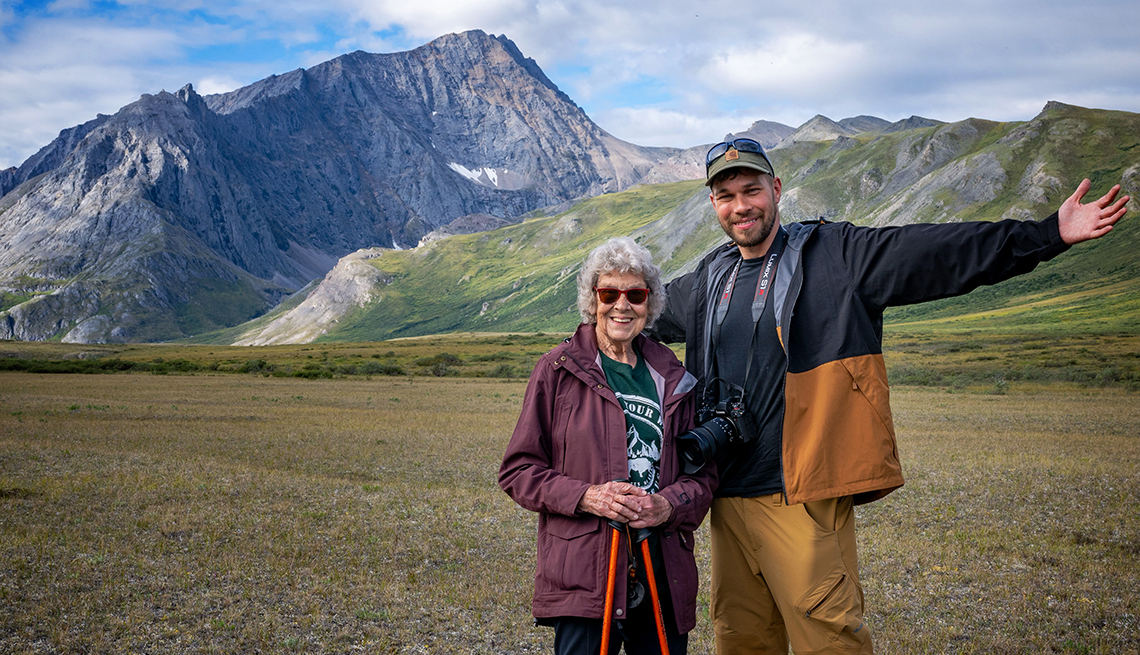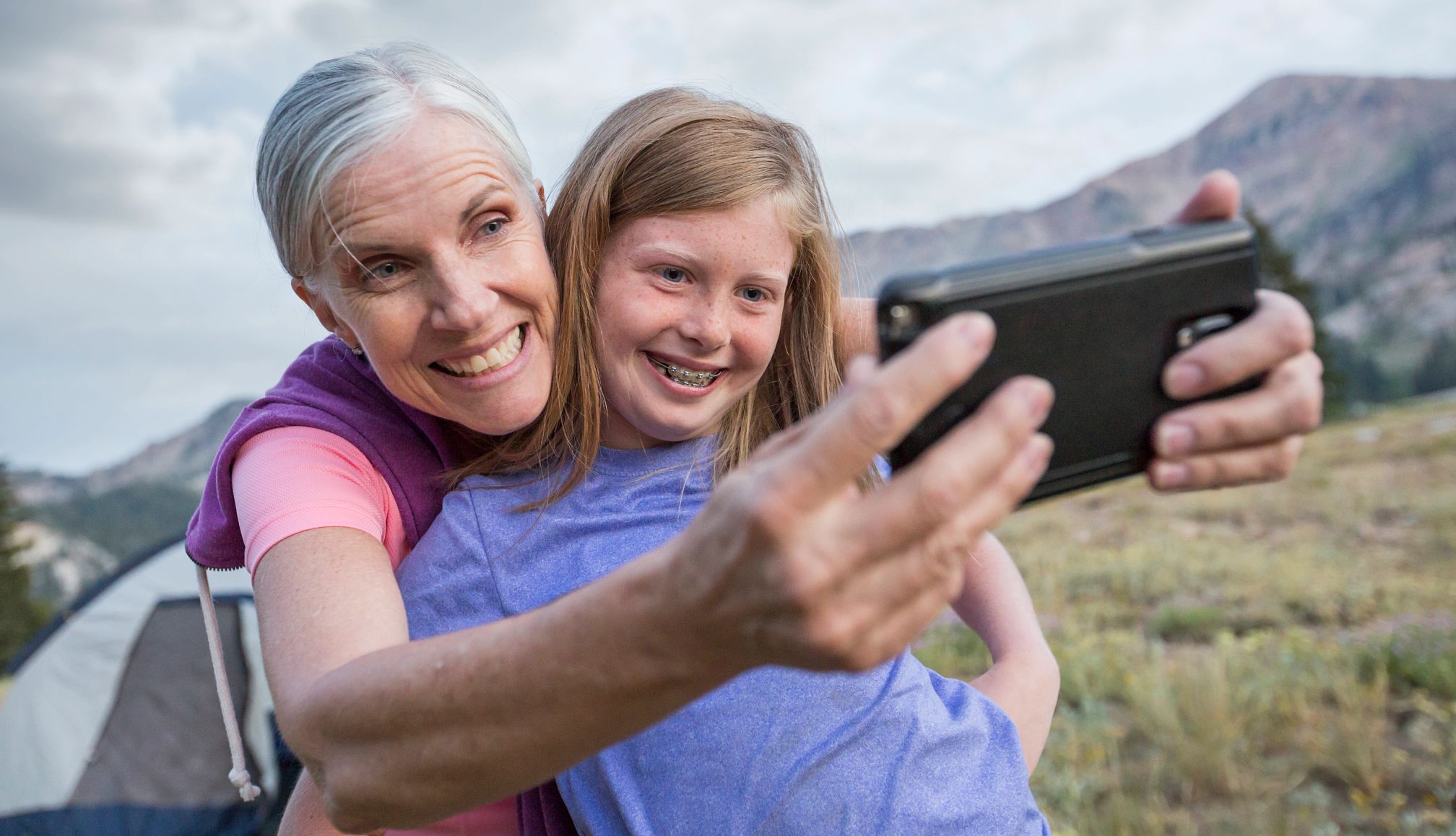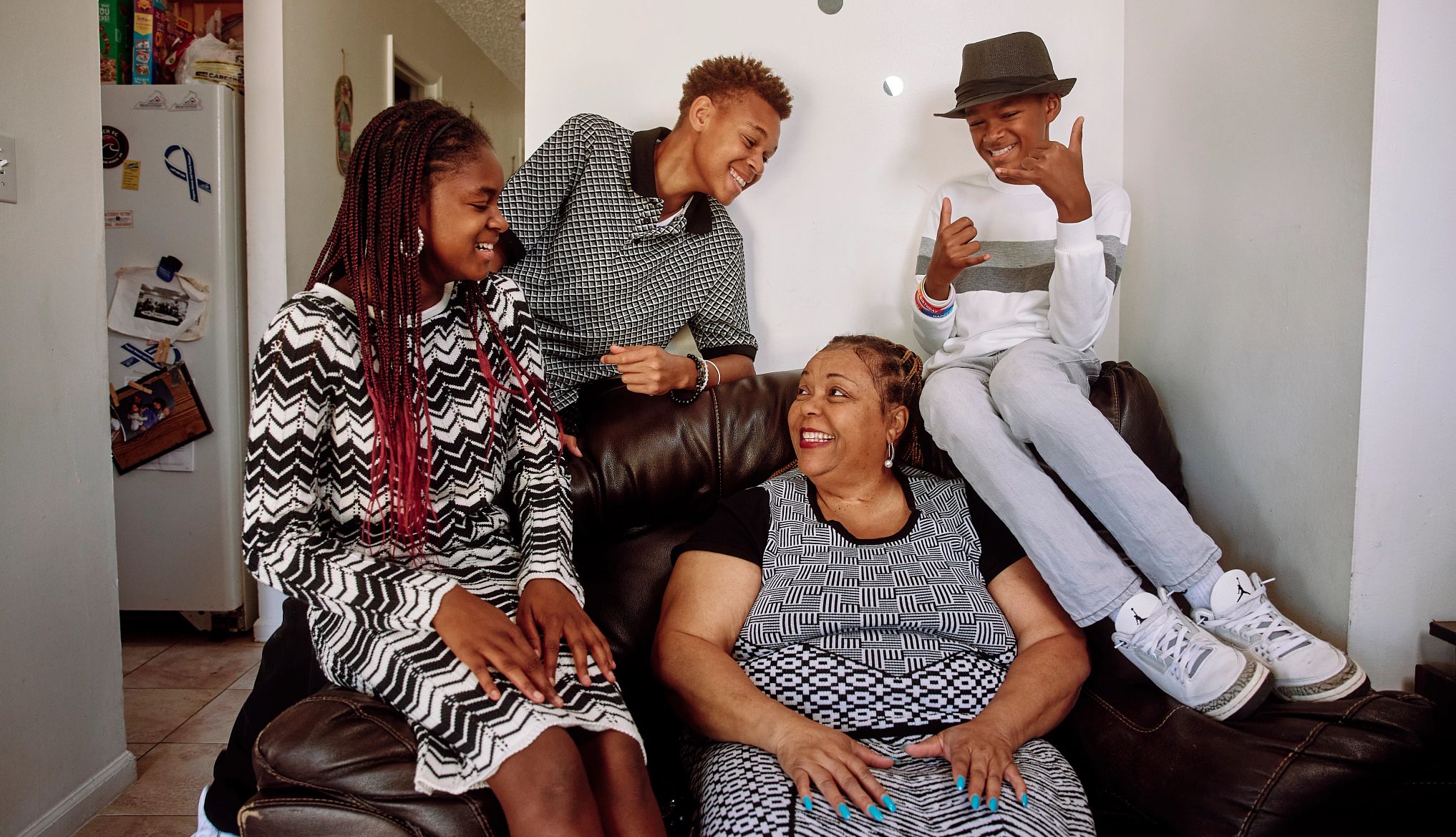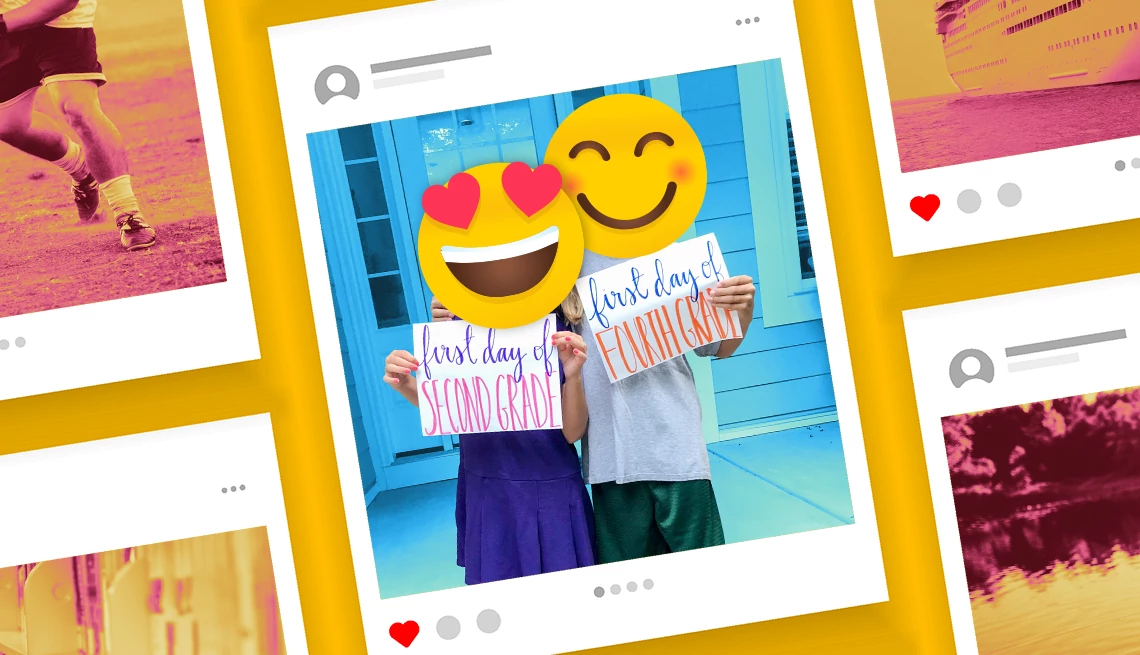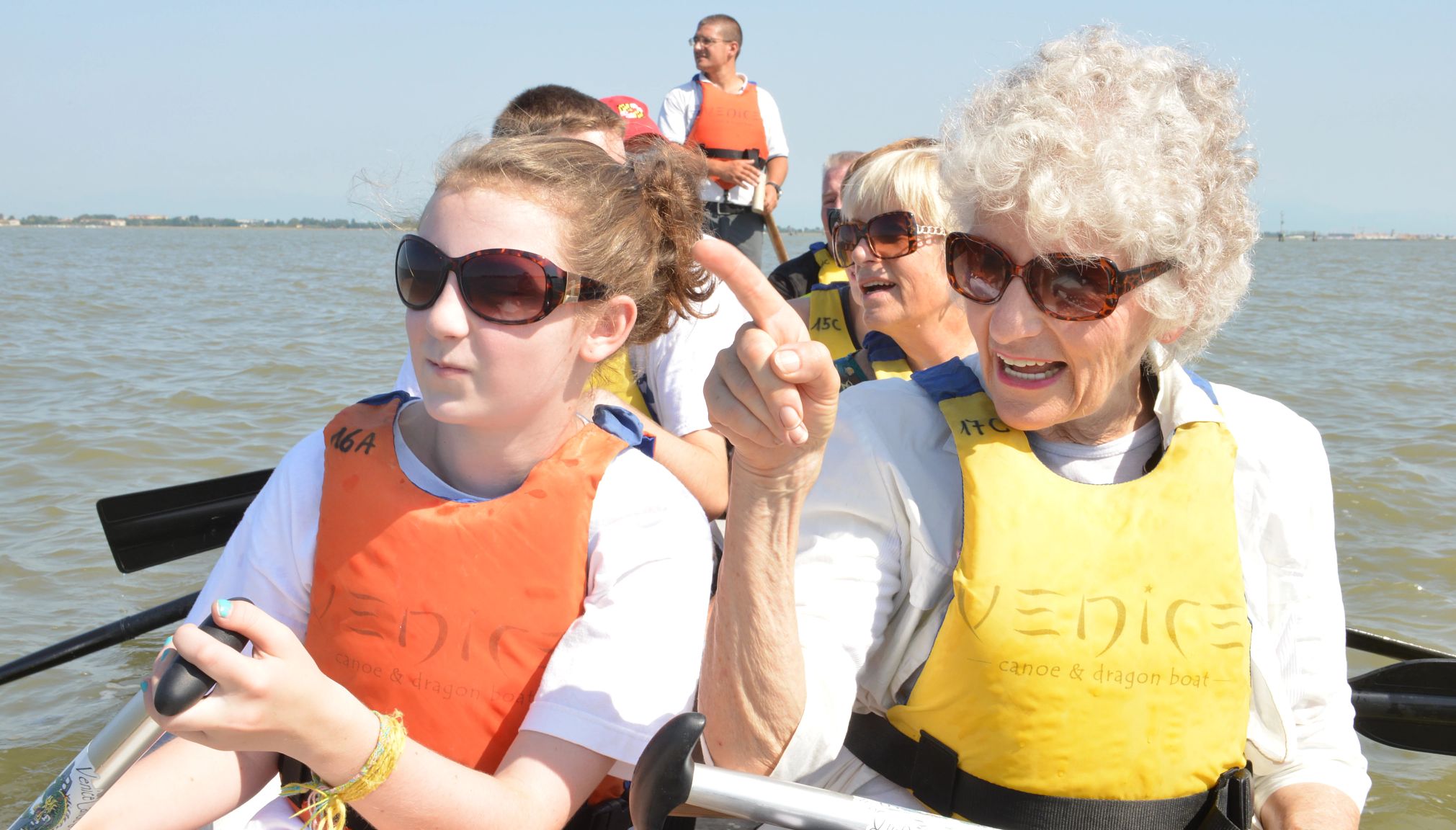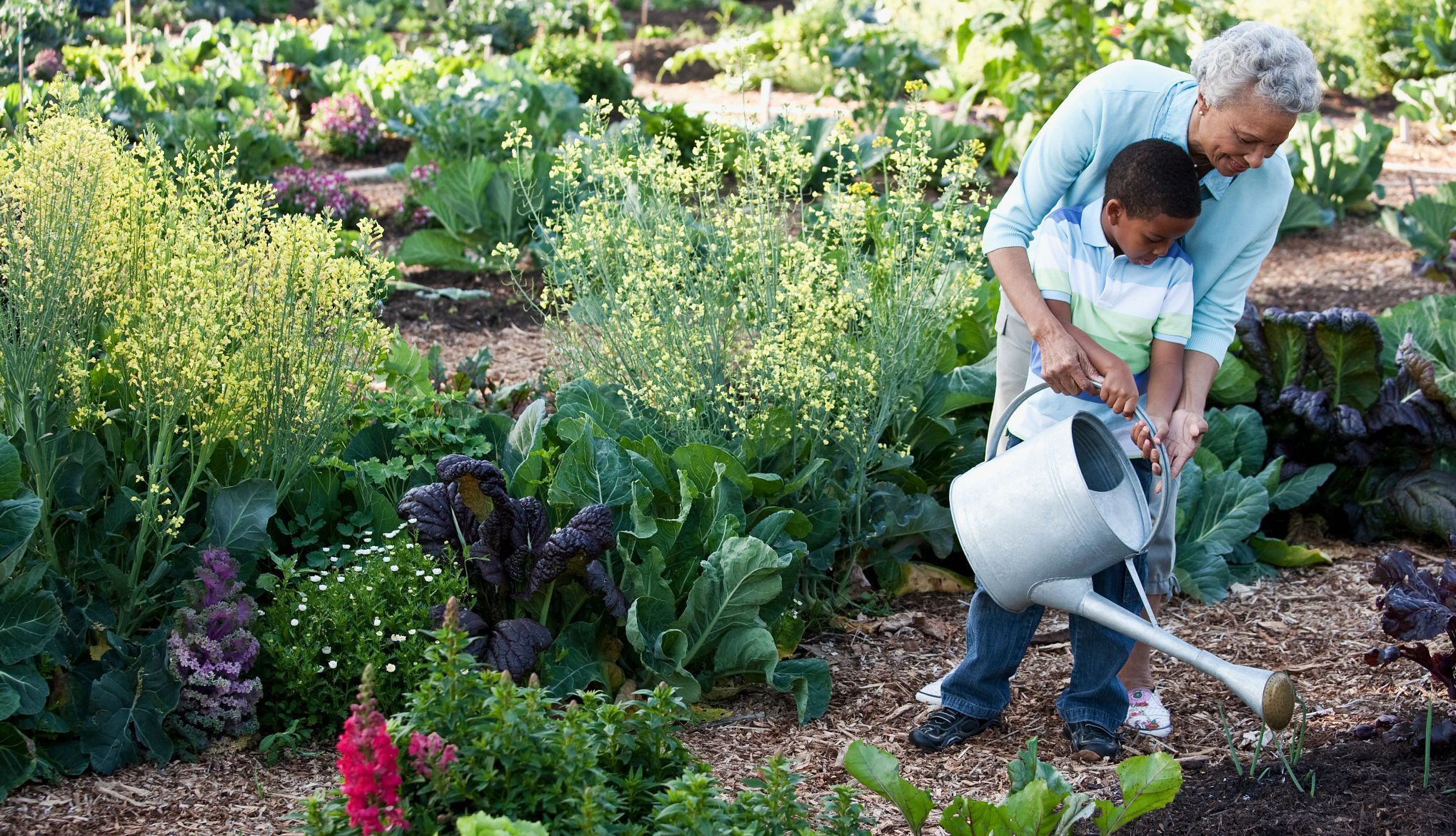AARP Hearing Center
Did you know that more than 400 national parks are scattered across the country? As stalwarts of the National Park Service (NPS) and grandparents, we plan trips to national parks with our grandkids as often as possible. Some of the parks are large natural areas such as Yellowstone, Yosemite and Grand Canyon where you can hike, see wild animals in their native habitat and camp under the stars (though more conventional lodging may be available).
The NPS also includes historical parks and sites such as the African American Civil War Memorial, Independence Hall and Gettysburg where you and your grandchildren can learn firsthand about the nation’s history and how it’s helped shape our country today.
With so many options, it’s a good idea to plan what you want to do and see and learn about the kid-friendly resources when you take your grandkids to a national park. Here are some tips for a smooth and successful trip.
1. Start by researching the parks that interest you using the NPS website. Click on the “Find a Park” option and search by state, activity or topic, or use the national map. If possible, include your grandkids in the planning process so everyone can learn about the natural and cultural history before you decide on a park.
2. Explore your chosen park on the NPS website for information on unique things to see and do, and logistics including camping/lodging if you’re staying overnight. In addition to NPS, websites such as Campspot, The Dyrt and KOA Campgrounds can help you find a camping option that’s right for your group.
3. Make reservations. Certain activities, tours and hikes can sell out months in advance. Recreation.gov, the travel planning and reservation system for the parks, can tell you how far in advance you can make reservations for various activities and campsites. Note: Reservations for park lodging should be made directly with companies that operate the facilities.
4. Are any of your grandkids in the fourth grade? If so, they can get a free yearlong Every Kid Outdoors pass to all the national parks (three family members — including grandparents — also get in free). According to the program website, fourth graders were chosen because children 9 to 11 start learning about the world around them and are open to new concepts.
































































